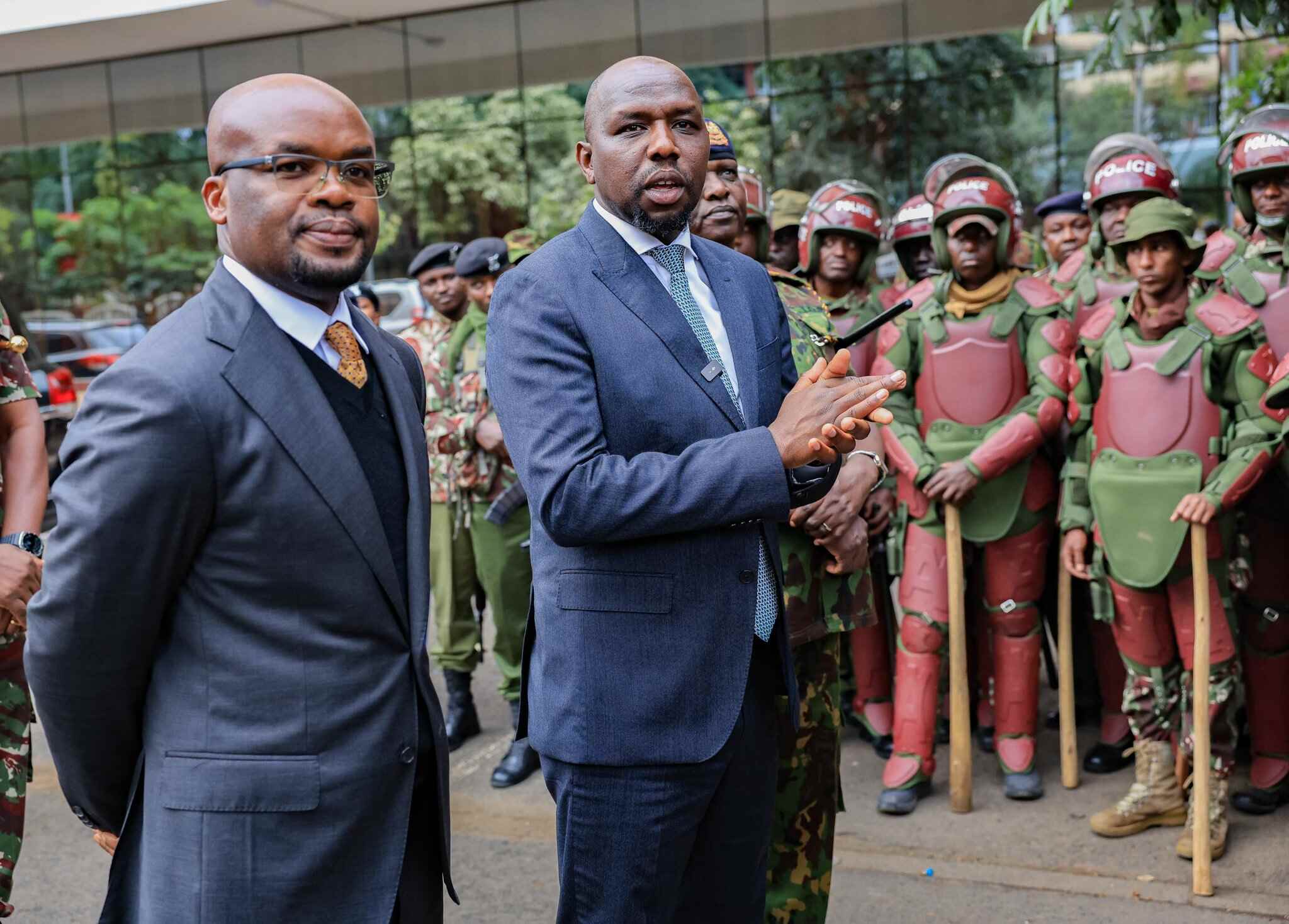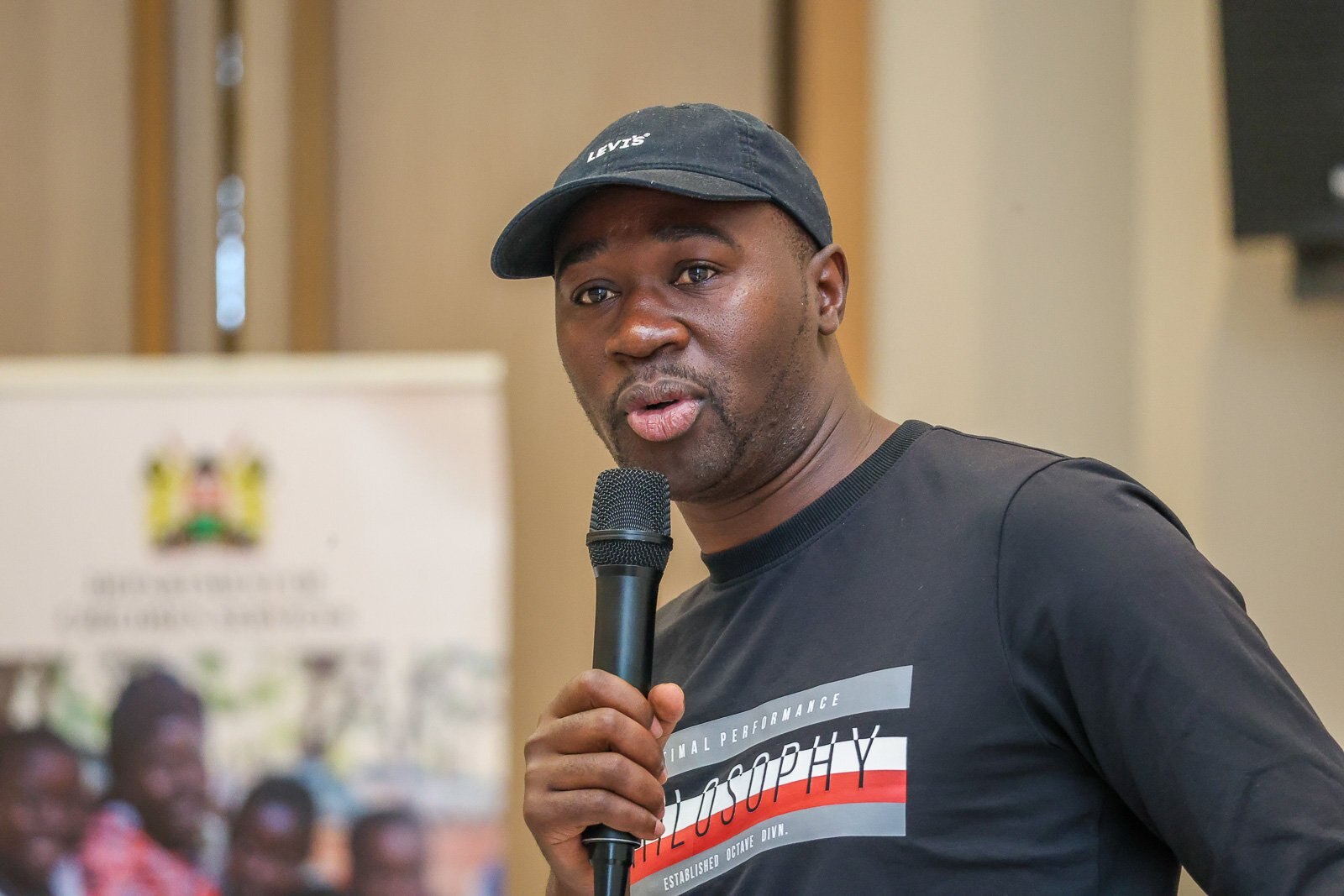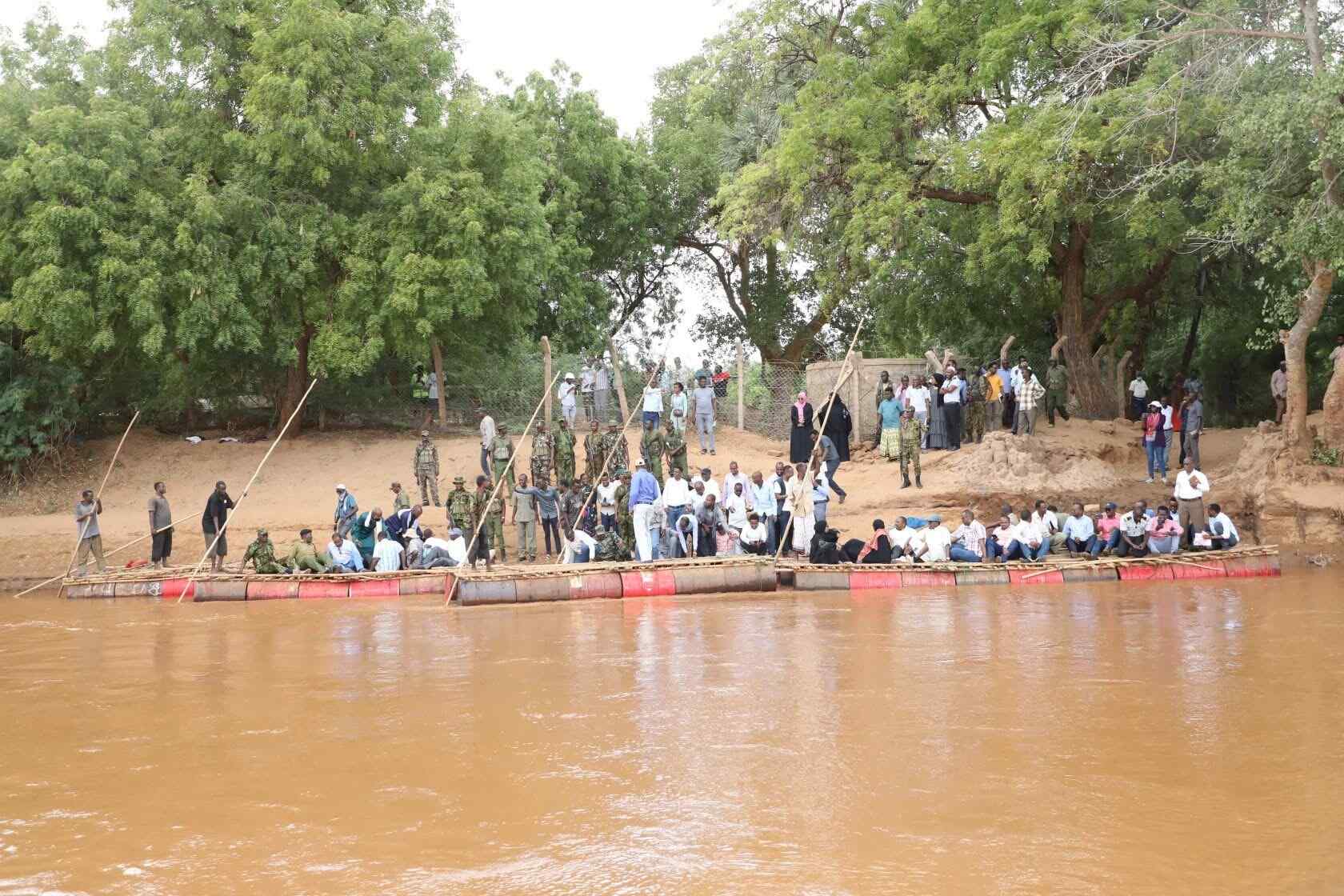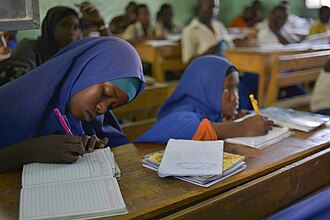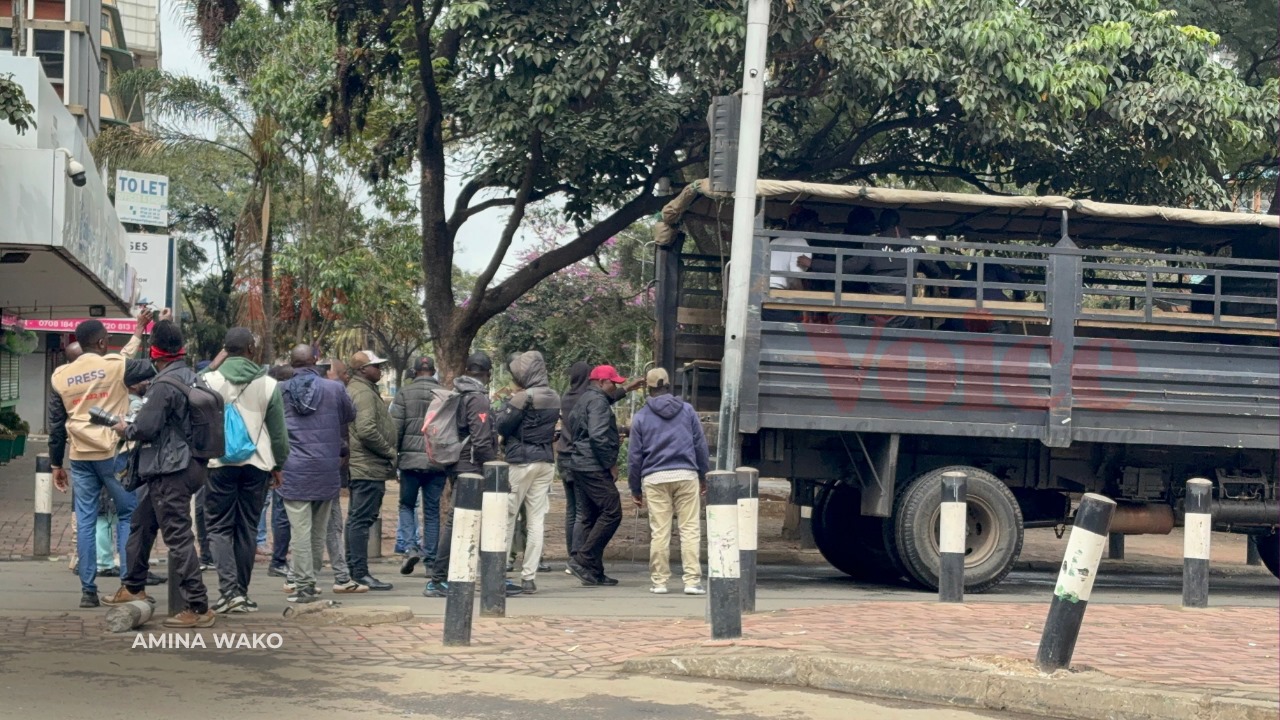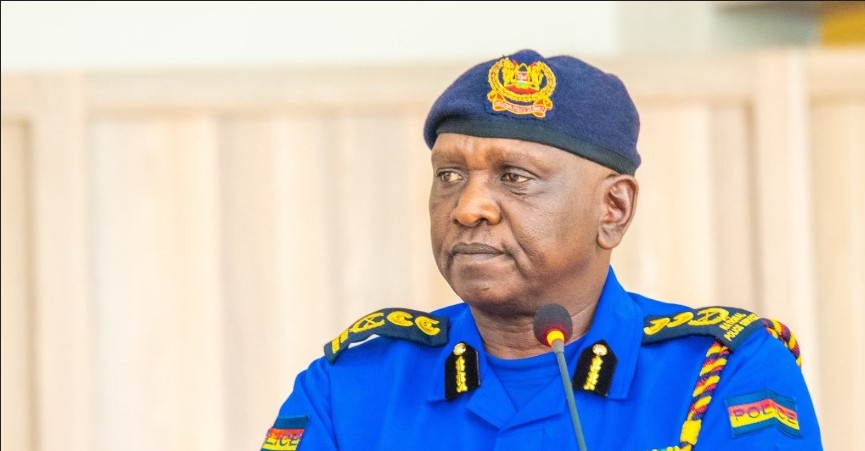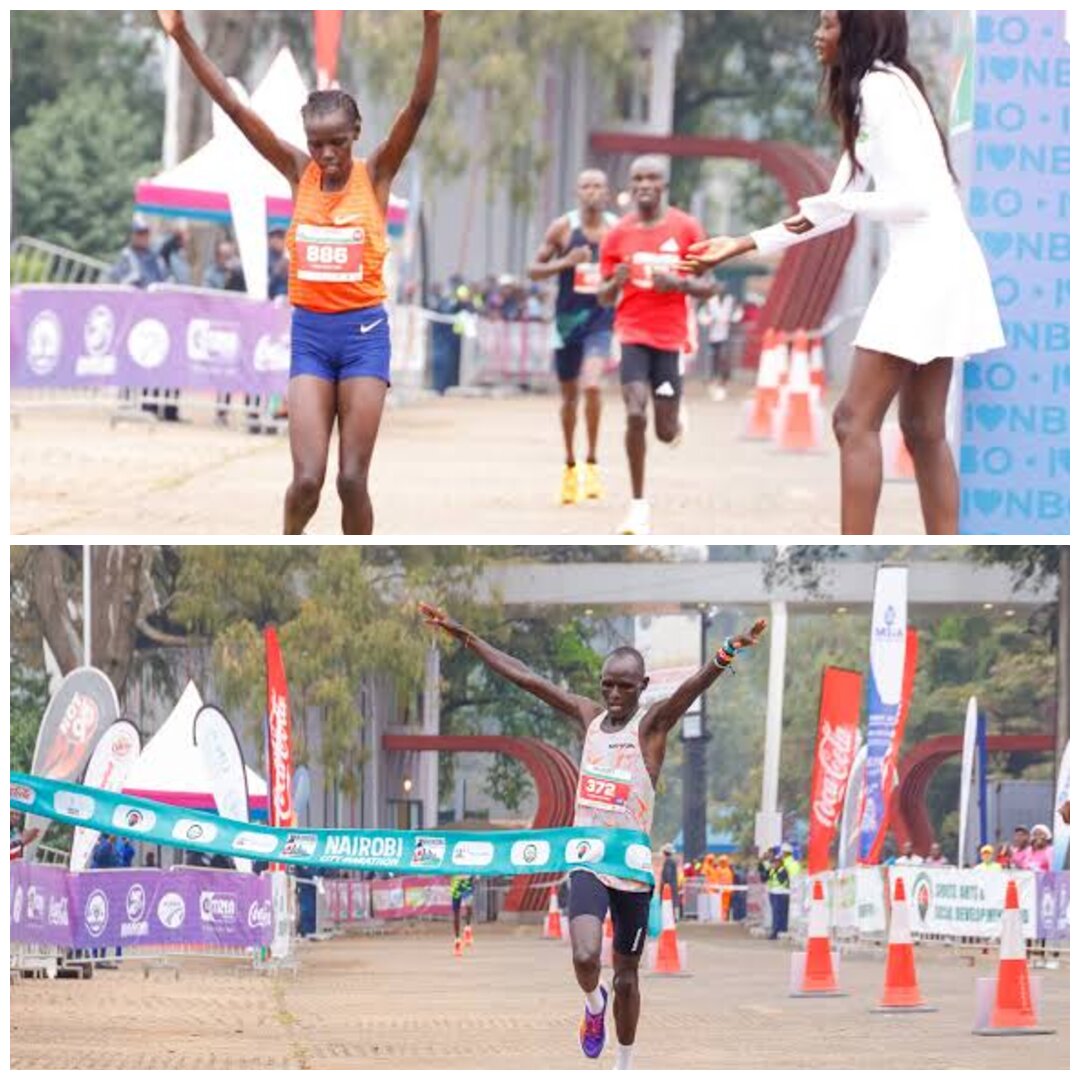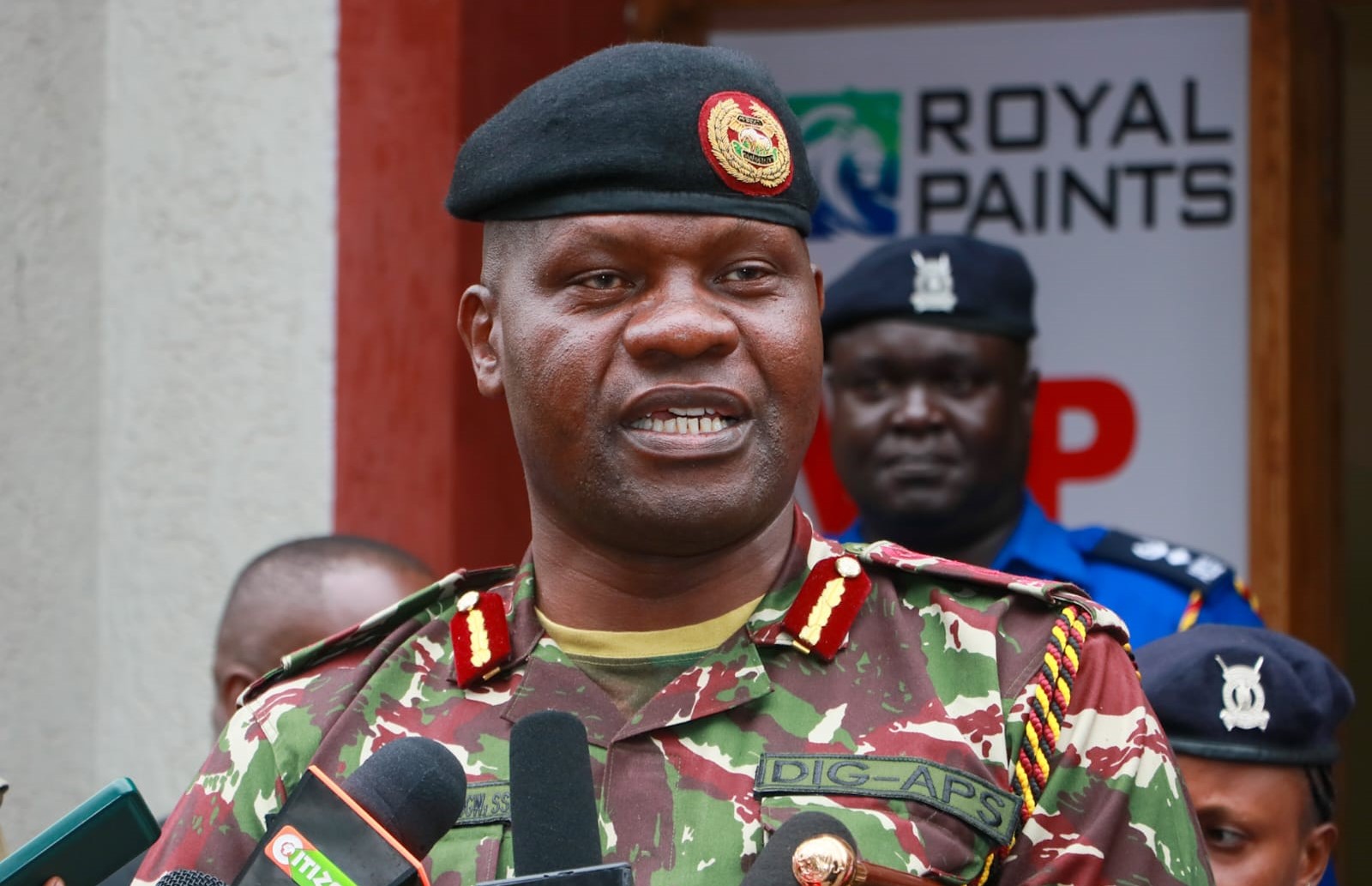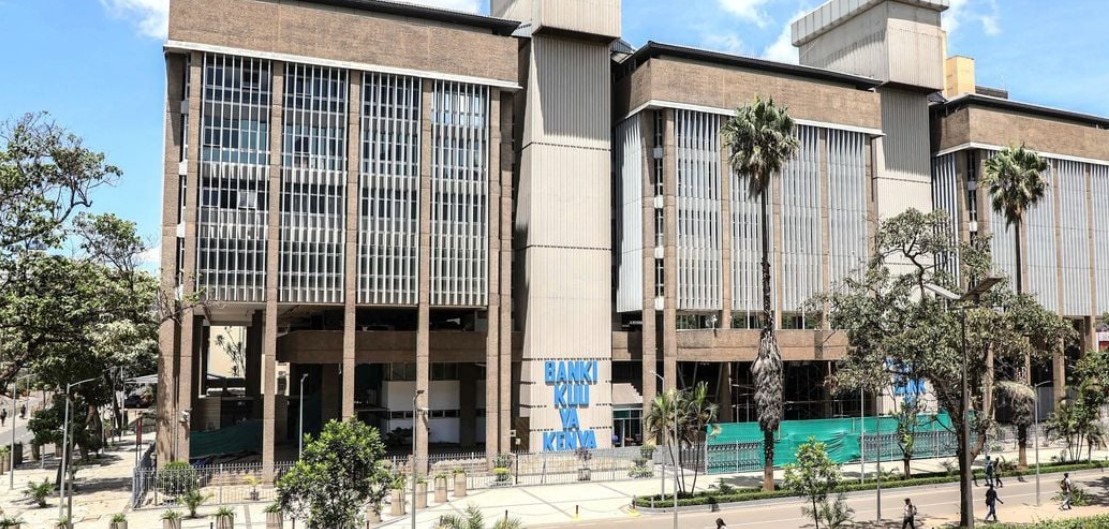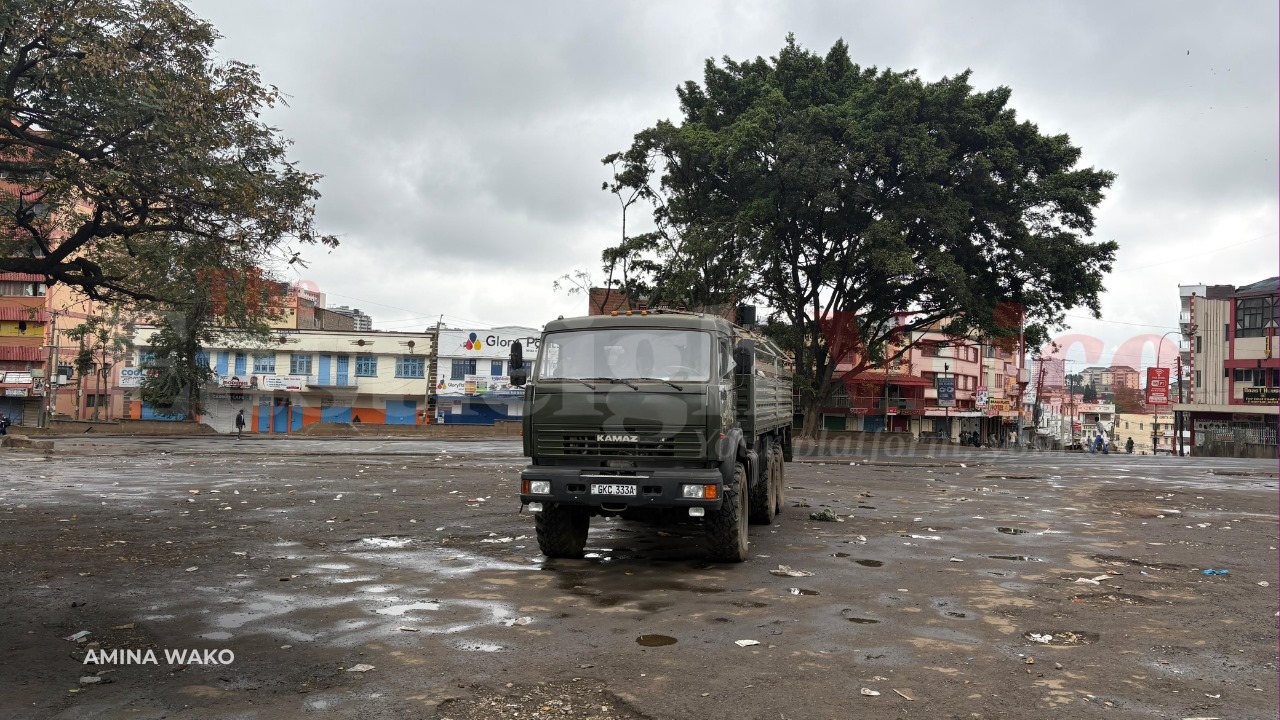WFP resumes emergency food airdrops in South Sudan’s Upper Nile State
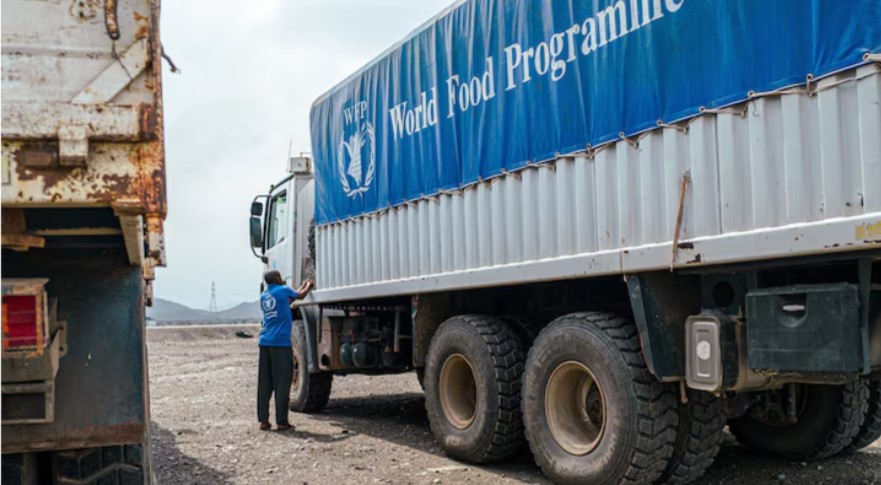
WFP aims to reach 470,000 people in Upper Nile and Northern Jonglei during the ongoing lean season, the hungriest period of the year that runs through August.
The United Nations World Food Programme (WFP) has resumed emergency food airdrops in South Sudan's Upper Nile State for the first time in over four months, reaching more than 40,000 people trapped in the conflict-torn counties of Nasir and Ulang.
The operation comes amid escalating violence that has displaced thousands since March and blocked humanitarian access to some of the hardest-hit areas, leaving communities with no choice but to flee or face starvation.
More To Read
- Criminal networks exploiting instability to fuel global drug trade - UN
- 613 killed near Gaza aid outlets as hospital is overwhelmed by injured patients- UN
- UNMISS report: 739 civilians killed in South Sudan’s deadliest quarter since 2020
- MSF calls for urgent scale-up in water, sanitation programmes amid rising cholera cases in Abyei, South Sudan
- South Sudan launches door-to-door taxpayer registration in Juba
- 50 injured in four days of violence along South Sudan border - MSF
According to WFP, the resurgence of conflict has tripled the number of people facing catastrophic hunger in the Upper Nile region to over 32,000, with more than one million people grappling with acute food insecurity. The conditions have forced nearly 50,000 people to cross the border into Ethiopia in search of food and security.
"The link between conflict and hunger is tragically clear in South Sudan and we've seen this over the past few months in Upper Nile," Mary-Ellen McGroarty, WFP Country Director in South Sudan, said in a statement.
"Without a major scale-up in assistance, the counties of Nasir and Ulang risk slipping into full-blown famine. We urgently need to get food to these families, and we are doing everything possible to reach those who need it most before the situation spirals."
WFP aims to reach 470,000 people in Upper Nile and Northern Jonglei during the ongoing lean season, the hungriest period of the year that runs through August. However, continued fighting and logistical challenges have limited the organisation's reach to just 300,000 people so far in 2025.
Further, WFP noted that critical river routes, which are the most cost-effective channels for delivering large-scale aid, have remained blocked by fighting since mid-April, with 1,500 metric tons of food awaiting transport once they reopen.
"In the first half of this year, we pushed back catastrophic hunger in areas of Jonglei State through regular deliveries of food assistance, and we can do the same in the Upper Nile. But if we can't get the food to people, hunger will deepen and famine is a real and present threat," McGroarty said.
WFP added that the worsening crisis is further compounded by a global funding shortfall. Nationwide, 7.7 million people, 57 per cent of South Sudan's population, are experiencing crisis, emergency, or catastrophic hunger levels, with an unprecedented 2.3 million children at risk of malnutrition.
Due to budget constraints, WFP has been forced to prioritize reduced rations for only the most vulnerable 2.5 million people, leaving the majority of those in need without adequate support.
The agency has subsequently requested $274 million (Sh35.4 billion) to sustain life-saving operations in South Sudan through December.
Top Stories Today
